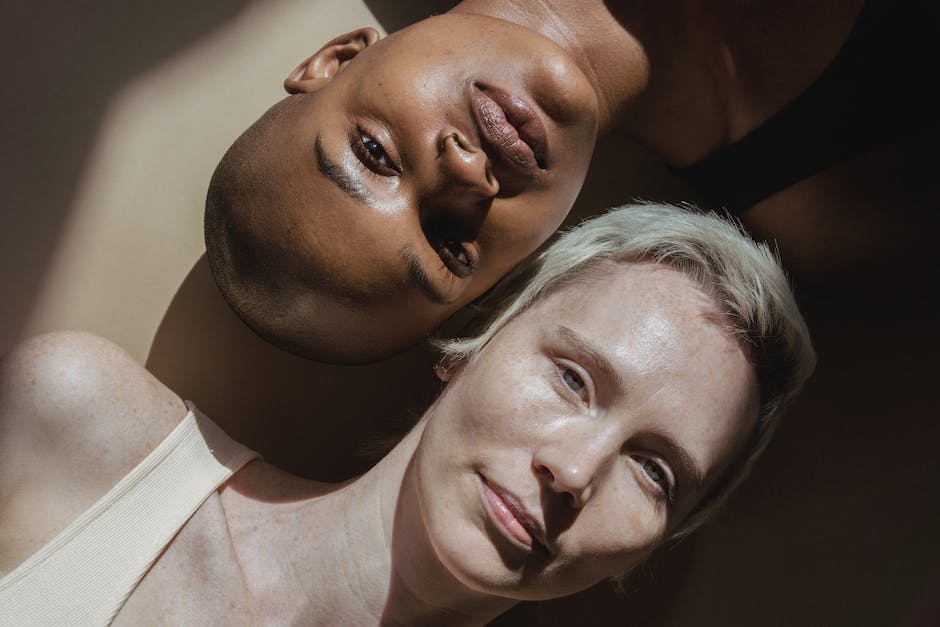The Power of Contrast in Art
The Power of Contrast in Art
Art has the power to evoke emotions, provoke thoughts, and challenge our perceptions. One of the most effective techniques used by artists to achieve these effects is contrast. Contrast refers to the juxtaposition of different elements in a work of art, such as light and dark, color and texture, or size and shape. By creating a stark contrast between these elements, artists are able to create visual impact and convey their intended message.
Contrast can be seen in various forms in art. One of the most common forms is the contrast between light and dark, also known as chiaroscuro. This technique, often associated with the works of Renaissance artists like Leonardo da Vinci and Caravaggio, involves the use of strong contrasts between light and shadow to create a sense of depth and drama. By manipulating the intensity of light and shadow, artists are able to create a three-dimensional effect on a two-dimensional surface.
Another form of contrast in art is the use of complementary colors. Complementary colors are those that are opposite each other on the color wheel, such as red and green, blue and orange, or yellow and purple. When placed side by side, these colors create a vibrant and dynamic visual effect. Artists often use complementary colors to create a sense of tension or balance in their compositions. For example, Vincent van Gogh’s famous painting “Starry Night” features a contrast between the warm yellows and oranges of the stars and the cool blues of the night sky, creating a visually striking and emotionally charged image.
Contrast can also be achieved through the use of different textures. Artists often combine smooth and rough textures to create visual interest and tactile sensations in their works. For example, in Pablo Picasso’s painting “Les Demoiselles d’Avignon,” he juxtaposes the smooth, flat areas of the figures’ bodies with the rough, angular lines of their faces and hands. This contrast in textures adds depth and complexity to the painting, enhancing its overall impact.
Size and shape can also be used to create contrast in art. By varying the size and shape of objects within a composition, artists can create a sense of hierarchy, emphasis, or tension. For example, in Grant Wood’s iconic painting “American Gothic,” the contrast between the small, angular figure of the farmer and the large, rectangular shape of the house behind him creates a sense of tension and unease. This contrast in size and shape adds depth and narrative to the painting, inviting viewers to interpret its meaning.
In conclusion, contrast is a powerful tool in art that allows artists to create visual impact, convey emotions, and challenge our perceptions. Whether through the use of light and dark, complementary colors, textures, or size and shape, contrast adds depth, complexity, and meaning to a work of art. By understanding and appreciating the power of contrast, we can gain a deeper understanding and appreciation of the art that surrounds us. So next time you encounter a work of art, take a moment to observe the contrasts within it and let them guide you on a journey of visual and emotional discovery.
Exploring the Beauty of Opposites in Art

Exploring the Beauty of Opposites in Art
Art has always been a medium for self-expression and exploration. It allows artists to convey their thoughts, emotions, and ideas through various forms and techniques. One fascinating aspect of art is the use of opposites to create contrast and depth. Opposites, such as light and dark, rough and smooth, or chaos and order, can be found in many artworks, adding a unique and captivating element to the overall composition.
One of the most common opposites used in art is the contrast between light and dark. This technique, known as chiaroscuro, creates a sense of depth and three-dimensionality in a two-dimensional artwork. By using contrasting shades and tones, artists can manipulate the play of light and shadow to highlight certain areas or objects, creating a focal point that draws the viewer’s attention. This technique can be seen in famous works such as Leonardo da Vinci’s “Mona Lisa” or Caravaggio’s “The Calling of St. Matthew.”
Another opposite that artists often explore is the contrast between rough and smooth textures. Texture adds a tactile quality to an artwork, allowing viewers to visually experience the surface of the piece. By juxtaposing rough and smooth textures, artists can create a sense of tension and balance. For example, in Vincent van Gogh’s “Starry Night,” the swirling brushstrokes create a rough texture, contrasting with the smooth, calm sky. This contrast adds energy and movement to the painting, enhancing its overall impact.
Opposites can also be found in the use of color in art. Artists often play with contrasting colors to create visual interest and harmony. The color wheel provides a useful tool for understanding these opposites. Complementary colors, such as red and green or blue and orange, are opposite each other on the color wheel. When used together, they create a vibrant and dynamic effect. Artists like Wassily Kandinsky and Piet Mondrian embraced this concept, using bold and contrasting colors to evoke emotions and create a sense of balance in their abstract artworks.
In addition to visual opposites, artists also explore the contrast between chaos and order. This can be seen in abstract art, where artists intentionally create a sense of disorder and randomness. By juxtaposing chaotic elements with more structured and organized elements, artists can create a sense of tension and intrigue. Jackson Pollock’s drip paintings are a prime example of this. The seemingly random splatters and drips of paint create a chaotic composition, contrasting with the deliberate and controlled movements of the artist.
The exploration of opposites in art allows artists to push boundaries and challenge traditional norms. It adds depth, complexity, and visual interest to their works, inviting viewers to engage and interpret the artwork in their own unique way. By embracing opposites, artists can create a harmonious balance between contrasting elements, resulting in a visually captivating and thought-provoking piece.
In conclusion, the use of opposites in art is a powerful tool for artists to convey their ideas and emotions. Whether it is through the contrast between light and dark, rough and smooth textures, complementary colors, or chaos and order, opposites add depth and visual interest to artworks. By exploring and embracing these opposites, artists can create captivating compositions that engage and inspire viewers. So, the next time you admire a piece of art, take a moment to appreciate the beauty and significance of the opposites at play.
The Yin and Yang of Art: Embracing Opposites
The Yin and Yang of Art: Embracing Opposites
Art is a reflection of life, and life is full of opposites. From light and dark, to good and evil, opposites are an integral part of our existence. In the world of art, these opposites are often explored and celebrated, creating a dynamic and thought-provoking experience for both the artist and the viewer.
Opposites can be seen in various aspects of art, from the choice of colors to the subject matter. For example, in a painting, the artist may use contrasting colors to create a sense of tension or harmony. The juxtaposition of warm and cool tones can evoke different emotions and moods, adding depth and complexity to the artwork.
In addition to colors, opposites can also be found in the subject matter of art. Artists often explore contrasting themes, such as life and death, love and hate, or chaos and order. By embracing these opposites, artists are able to delve into the complexities of human existence and challenge the viewer’s perception of reality.
One famous example of embracing opposites in art is the concept of yin and yang. Originating from ancient Chinese philosophy, yin and yang represent the dualistic nature of the universe. Yin is associated with darkness, femininity, and passivity, while yang represents light, masculinity, and activity. Together, they create a harmonious balance that is essential for the well-being of the world.
In art, the concept of yin and yang can be seen in various ways. Artists may use contrasting elements, such as light and shadow, to create a sense of balance and harmony. They may also explore the interplay between masculine and feminine energies, blurring the boundaries between the two.
By embracing opposites in art, artists are able to challenge conventional norms and push the boundaries of creativity. They are not limited by societal expectations or preconceived notions of what art should be. Instead, they are free to explore the vast spectrum of human emotions and experiences, creating art that is both thought-provoking and visually captivating.
Furthermore, embracing opposites in art allows for a deeper understanding of the human condition. It encourages us to question our own beliefs and perceptions, and to explore the complexities of our own existence. Through art, we are able to confront our fears, celebrate our joys, and navigate the ever-changing landscape of life.
In conclusion, art is a powerful medium that allows us to embrace opposites and explore the complexities of our existence. By using contrasting colors, themes, and concepts, artists are able to create thought-provoking and visually captivating works of art. Through their exploration of opposites, they challenge our perceptions and expand our understanding of the world. So, the next time you encounter a piece of art that embraces opposites, take a moment to appreciate the depth and complexity it represents.
- Rekomendasi Terbaik: HP 5 Jutaan dengan Kualitas Juara - April 30, 2024
- alat yang digunakan untuk mengukur suhu adalah - April 30, 2024
- Panduan Memilih HP Terbaik di Bawah 2 Juta - April 30, 2024


